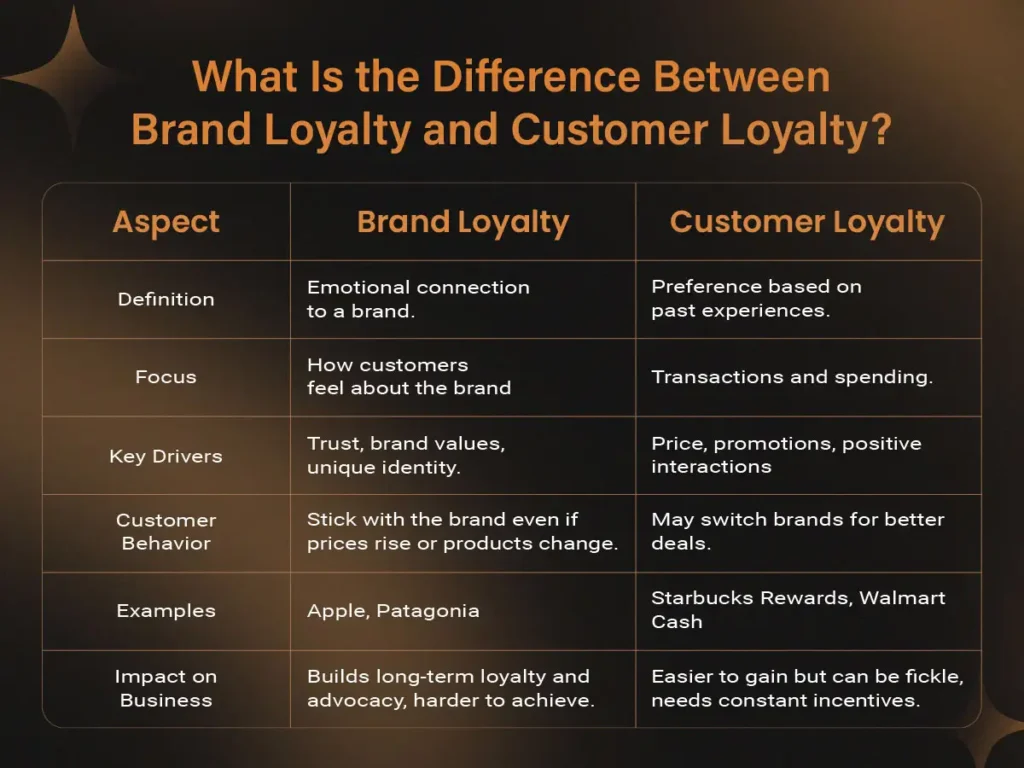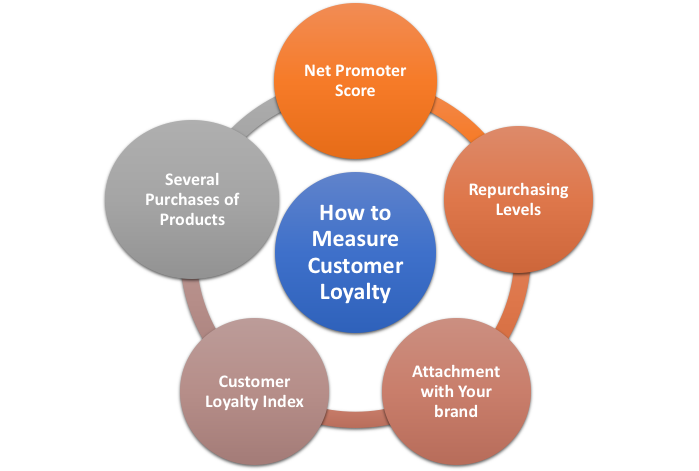
- August 14, 2025
- wallahleads@gmail.com
- 0
Why Do Some Brands Have Fans, Not Just Customers?
Have you ever noticed how some people queue outside Apple stores for hours before a product launch? Or how Starbucks customers will walk past five other coffee shops just to get their latte?
That’s brand loyalty — and it’s one of the most valuable assets a business can have.
It’s not something that only global giants can achieve. Even local bakeries, fashion boutiques, coaching institutes, or online shops can create a similar connection. All it takes is the right approach and a willingness to go beyond “just selling.”
In this blog, we’ll explore:
What brand loyalty actually means
Why it’s a game-changer for your business growth
Proven, practical strategies you can start using today
What is Brand Loyalty?

Brand loyalty happens when customers choose you over competitors — every time.
It’s about trust, familiarity, and a personal connection that makes them say:
“I know other options exist, but I prefer this brand. It feels right.”
Unlike simple customer loyalty, which is often price-driven, brand loyalty runs deeper. People buy not only because they like your product, but because they believe in your brand values, the way you treat them, or even the lifestyle your brand represents.
Think of it this way — someone may pick the nearest grocery store because it’s convenient (customer loyalty). But if they drive an extra 5km to shop at your store because they love your service and trust your quality — that’s brand loyalty.
Brand Loyalty vs Customer Loyalty

To build the right strategy, you need to understand the difference:
| Customer Loyalty | Brand Loyalty |
|---|---|
| Based on price and convenience | Based on emotional connection and trust |
| Easy to lose when a cheaper option appears | Hard to shake even if competitors offer discounts |
| Short-term relationship | Long-term relationship |
Example:
Customer loyalty – Refilling petrol at the nearest pump.
Brand loyalty – Driving to Shell even if it’s farther because you trust the quality.
Why Brand Loyalty is the Smartest Growth Strategy
Attracting new customers is expensive — you need ads, offers, and time to convince them. But loyal customers? They:
Return on their own without constant marketing
Spend more over time because they trust you
Recommend you to friends and family (free word-of-mouth marketing)
Forgive small mistakes because of the relationship they have with you
Try your new products without hesitation
The truth?
A business with 100 deeply loyal customers can often make more money and grow faster than one with 1,000 casual buyers.
What Really Drives Brand Loyalty?

Buying decisions aren’t always logical — they’re emotional. Here are the top drivers:
Trust – “They’ve never let me down.”
Belonging – “People like me buy from them.”
Familiarity – “I know what to expect every time.”
Once these feelings are established, price becomes less of a deciding factor.
Proven Ways to Build Brand Loyalty
1. Stay Consistent — Always
Your product quality, service speed, and customer care should feel the same every time.
Inconsistency is one of the biggest loyalty killers.
Example: McDonald’s fries taste the same in New York, Mumbai, or Tokyo. That consistency is part of why customers keep coming back.
2. Share Your Brand Story
Customers connect with brands that feel human. Tell them:
Why you started
What challenges you’ve overcome
What values guide your business
Example: A local clothing store sharing behind-the-scenes videos of how their artisans work creates emotional value that big chains can’t match.
3. Make Customers Feel Special
Personal touches matter.
Send handwritten thank-you notes
Remember birthdays
Follow up on previous purchases
Example message:
“Hi Meera, hope you’re enjoying the ceramic cups you bought last month. We’ve just added a new limited-edition set — thought you might love it!”
4. Build a Community
People want to feel part of something. Create ways for them to interact with your brand beyond buying.
Encourage customers to share photos on social media
Run hashtag challenges
Create loyalty clubs or WhatsApp groups
5. Reward Loyalty
Rewards don’t always have to be discounts. They can be:
Early access to new products
Surprise freebies
Invitations to special events
Loyalty Programs That Actually Work

- Points-Based – Like Nykaa Prive or Shoppers Stop’s First Citizen, where purchases earn redeemable points.
- Tiered Rewards – Silver, Gold, Platinum levels encouraging bigger spending.
- Referral Programs – Like Uber & Ola credits for referring friends.
- Paid Memberships – Amazon Prime-style subscriptions for special perks.
- Surprise & Delight – Random gifts, upgraded shipping, or exclusive samples.
B2C and B2B Loyalty Examples
B2C
Nykaa: Birthday gifts and early sale access.
Café Coffee Day: Stamp cards for free drinks.
Local Kirana: “Buy ₹5000, get ₹100 off.”
B2B
Asian Paints: Contractor rewards redeemable for tools.
Amul: Volume-based incentives for distributors.
The Business Benefits of Strong Loyalty
Higher lifetime value – Loyal customers buy more, more often.
Lower marketing costs – Retaining is cheaper than acquiring.
Price resilience – Loyal buyers won’t jump ship over small price changes.
Business stability – Loyal customers keep buying even in slow seasons.
Final Thoughts
Brand loyalty isn’t a quick win — it’s the result of consistent quality, personal connection, and making customers feel valued every time they interact with your business.
Start small:
Send thank-you messages
Reward repeat customers
Share your story
Over time, you’ll create a community of customers who not only buy from you but actively promote you.
If you want to take your customer loyalty to the next level, check out our blog on Humanized AI: Blending Empathy and Automation in 2025 Marketing Campaigns to see how the right tech can help you scale trust and connection without losing the human touch.

